Designer David Mellor's impact on British streets is hailed in a new installation
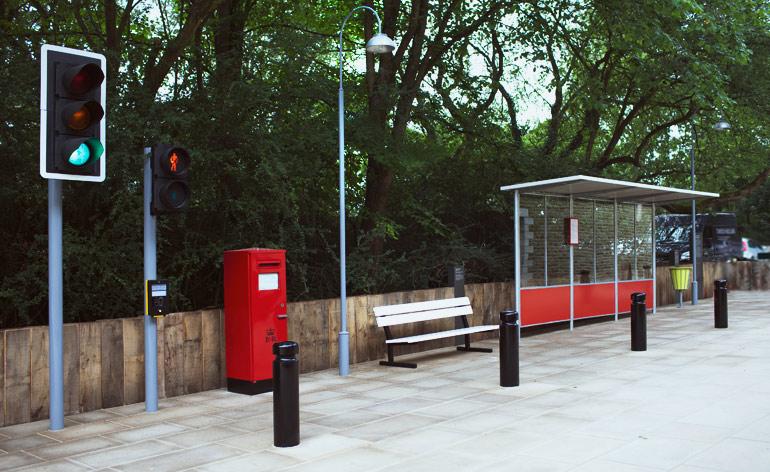
The late, great designer David Mellor has reigned supreme as Britain’s ‘cutlery king’ since his teens - but he also ruled over a design domain often overlooked: street furniture. Now a new permanent exhibition, entitled ‘Street Scene’, at his factory and museum in Hathersage will cast a spotlight on this uncharted part of his oeuvre.
His son Corin Mellor, who heads up the studio as creative director, explains how his father’s foray into urban design began: ‘What got him onto it was a sabbatical he took in Rome during his last term at the RCA and he was quite taken by the street lights. They were very traditional, but he thought they were rather beautiful.’
Mellor experimented with new materials such as galvanised steel, foregoing the classic ornamental cast iron. Says Corin: ‘It looks reasonably normal now, but his design for the lamppost was really quite radical.’
Upon Mellor’s return to the UK, the designer drove around the country in his Morris pitching his progressive design to potential clients - the norm, in a pre-Internet era - but without success. It was in Derby that Mellor reached a significant turning point, where he met Jack Pratt, the forward-thinking proprietor of East Midlands company Abacus, who helped turned his lighting columns into reality.
It was the start of a very fruitful relationship for the pair, and Mellor went on to create bus shelters, outdoor seating and bollards for Abacus, which all were rolled out across the country. ‘I think street furniture has moved on a lot now. But at the time my father was around, there was just historical stuff – there wasn’t anything new,’ adds Corin.
The regeneration effort in post-war Britain reverberated quite profoundly with Mellor, who had grown up in Sheffield during the wartime, and he was inspired to continue in the same vein. Mellor’s revolutionary designs for Abacus soon attracted the attention of the Post Office – he designed a square-shape pillar-box that doubled mail collection efficiency – and the Ministry of Transport, for whom he devised the national traffic light system still in place today.
Fifty years on, Mellor’s iconic designs remain as relevant as they did in the sixties and can still be found on virtually every street in Britain. The installation stands not only as a tribute to Mellor’s design legacy, but is an evocative reminder that beauty can be found in the most ordinary of things.
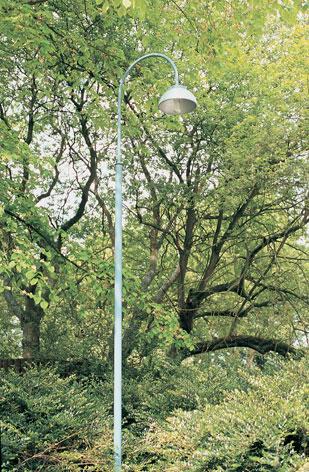
Developed during Mellor's final term at the RCA in 1954, his lighting column for Abacus was the starting point for the designer's foray into urban design. This radical tubular steel design was soon rolled out across the country, replacing the existing - and unsightly - cast concrete columns
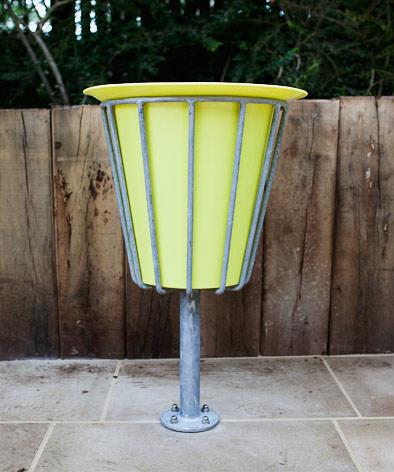
Mellor's 'Top Hat' litter bin, created in 1957, exemplified the influence of the Festival of Britain's 'contemporary' style. Acid yellow was a predominant colour during this period, reflecting the optimism of the post-war era
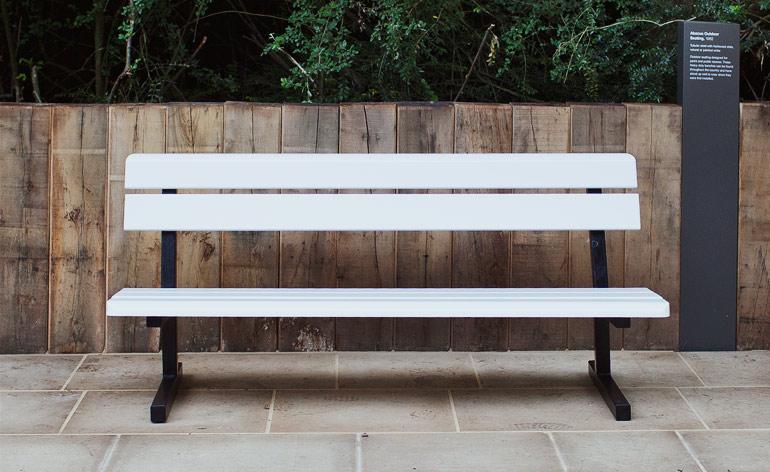
Mellor's next project for Abacus came in 1962, when he devised hardwood benches for use in parks and public spaces
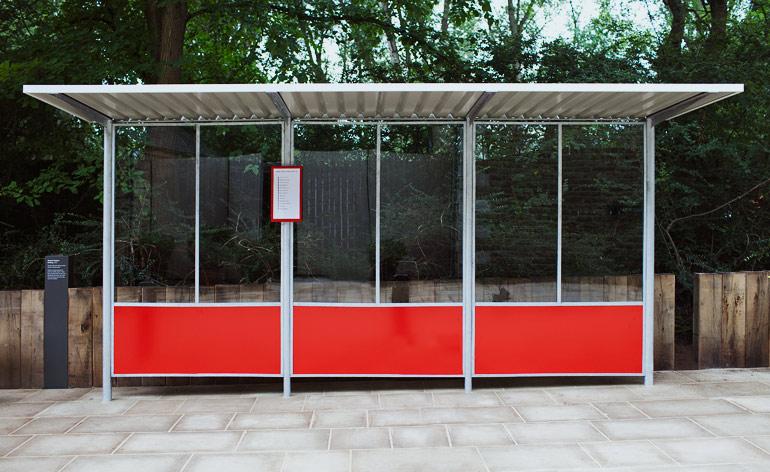
Following the success of the street lamps, Mellor designed a range of bus shelters (again for Abacus), which used tubular steel with steel panels and aluminium roofing. An estimated 140,000 have been installed nationally since they were first produced in 1959
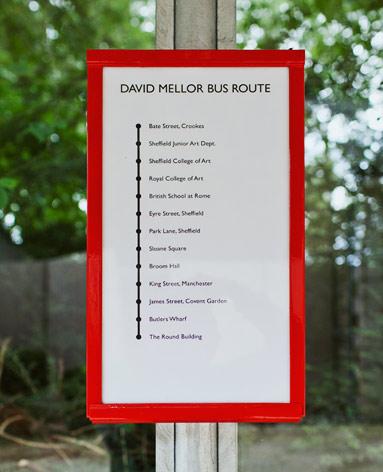
A mock 'David Mellor Bus Route' charts highlights from the designer's prolific career
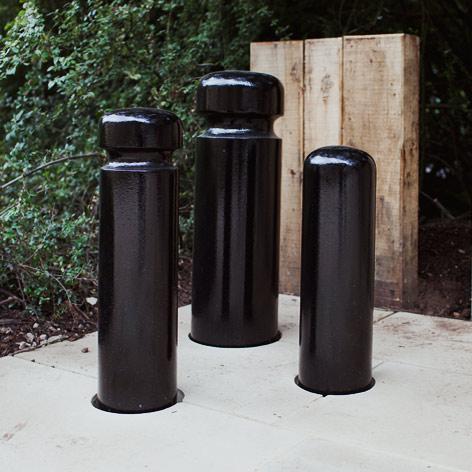
These cast iron bollards for Abacus, designed in the mid-sixties, were intended be used singly or in clusters. They are still in production today
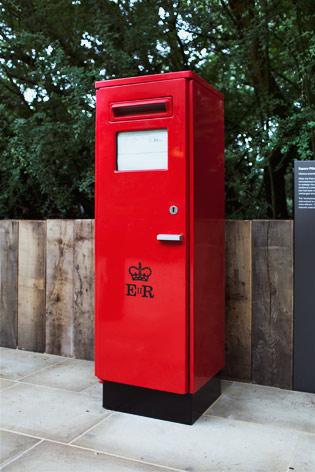
Mellor's square-shape pillar box, introduced in 1966, reduced collection time by half thanks to a clever inner clearance mechanism. The controversial design faced resistance from the public and was never adopted to the same extent as his other street furniture
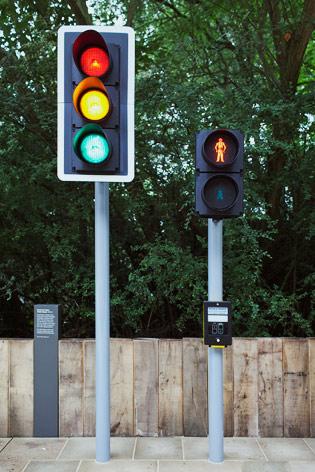
In 1965, the Ministry of Transport turned to Mellor for a complete overhaul of the traffic light system. The new traffic lights featured a greatly improved optical system and were also adaptable to include signs such as 'No left turn' and traffic filter arrows
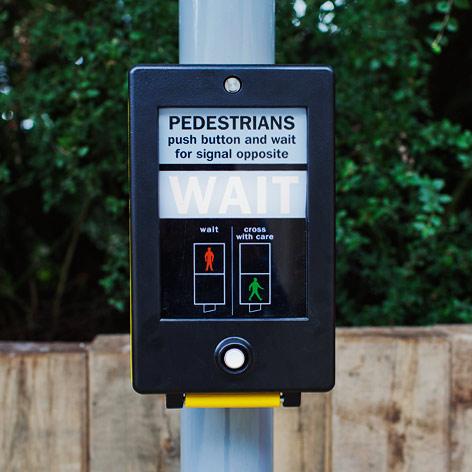
Finally, Mellor's pedestrian signal box, is easily the most recognisable and influential of all his street designs. Fifty years on, they can still be seen at every crossing in the UK
Address
The Round Building
Hathersage
Sheffield S32 1BA
Wallpaper* Newsletter
Receive our daily digest of inspiration, escapism and design stories from around the world direct to your inbox.
-
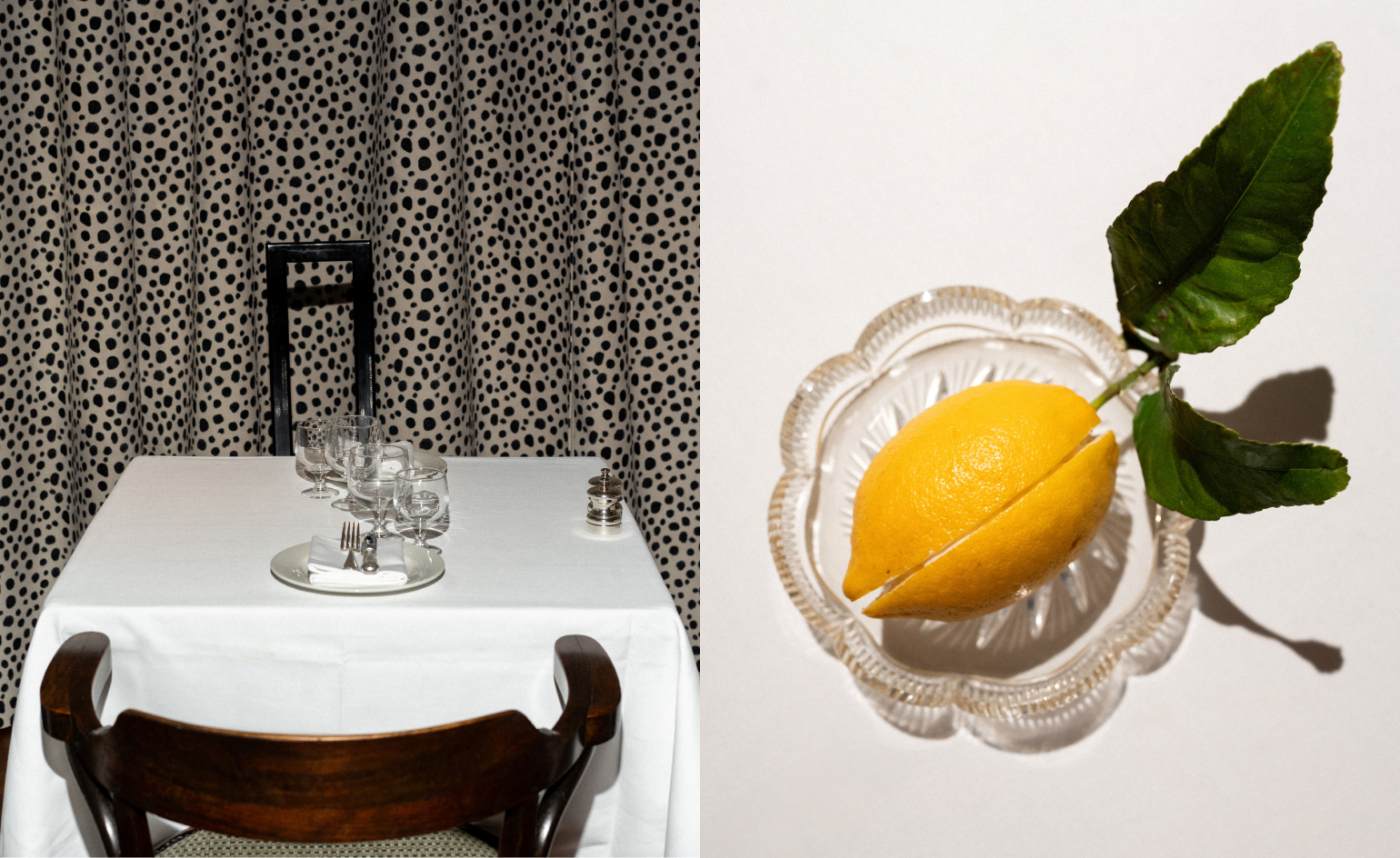 Marylebone restaurant Nina turns up the volume on Italian dining
Marylebone restaurant Nina turns up the volume on Italian diningAt Nina, don’t expect a view of the Amalfi Coast. Do expect pasta, leopard print and industrial chic
By Sofia de la Cruz
-
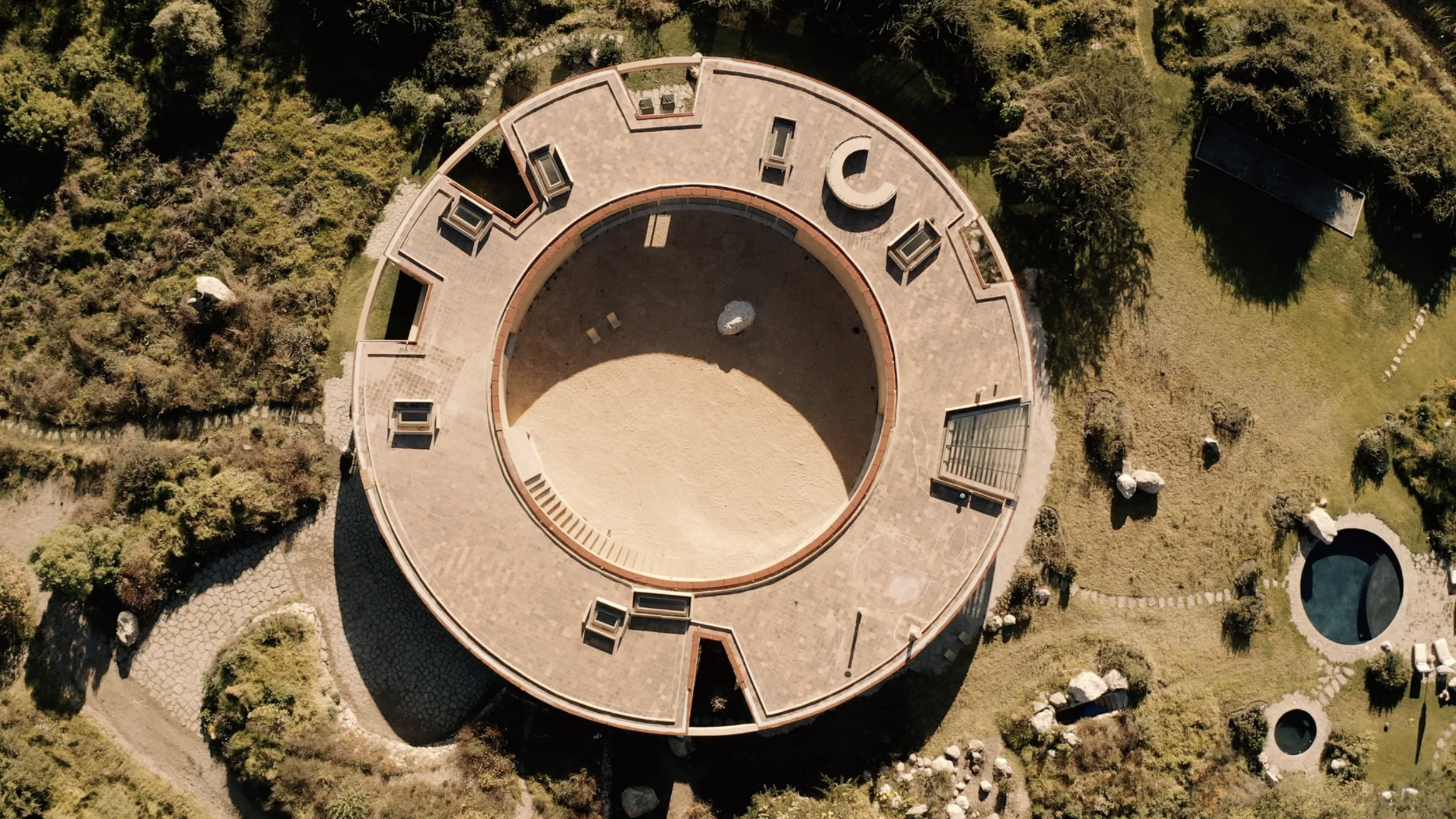 Tour the wonderful homes of ‘Casa Mexicana’, an ode to residential architecture in Mexico
Tour the wonderful homes of ‘Casa Mexicana’, an ode to residential architecture in Mexico‘Casa Mexicana’ is a new book celebrating the country’s residential architecture, highlighting its influence across the world
By Ellie Stathaki
-
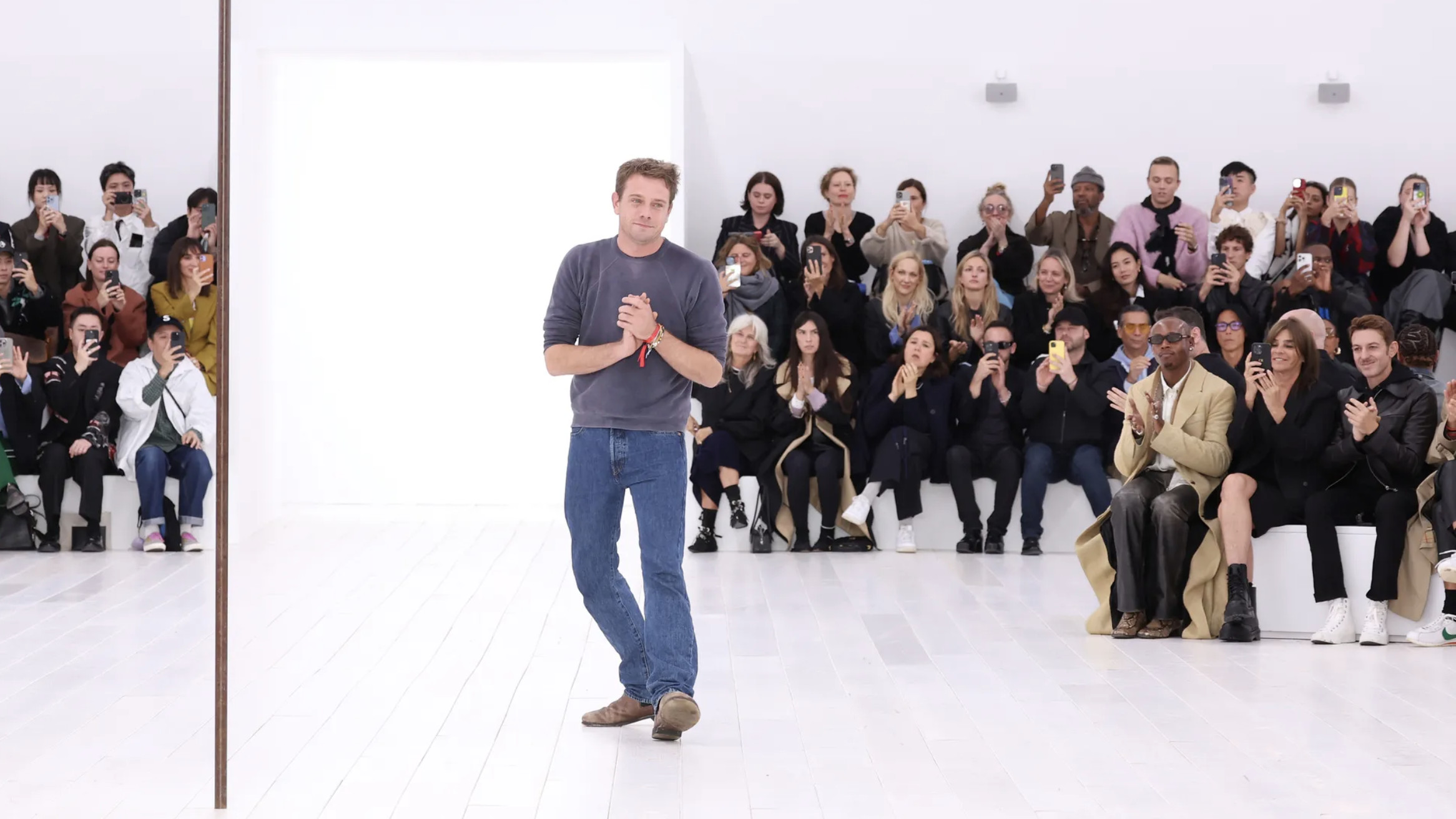 Jonathan Anderson is heading to Dior Men
Jonathan Anderson is heading to Dior MenAfter months of speculation, it has been confirmed this morning that Jonathan Anderson, who left Loewe earlier this year, is the successor to Kim Jones at Dior Men
By Jack Moss
-
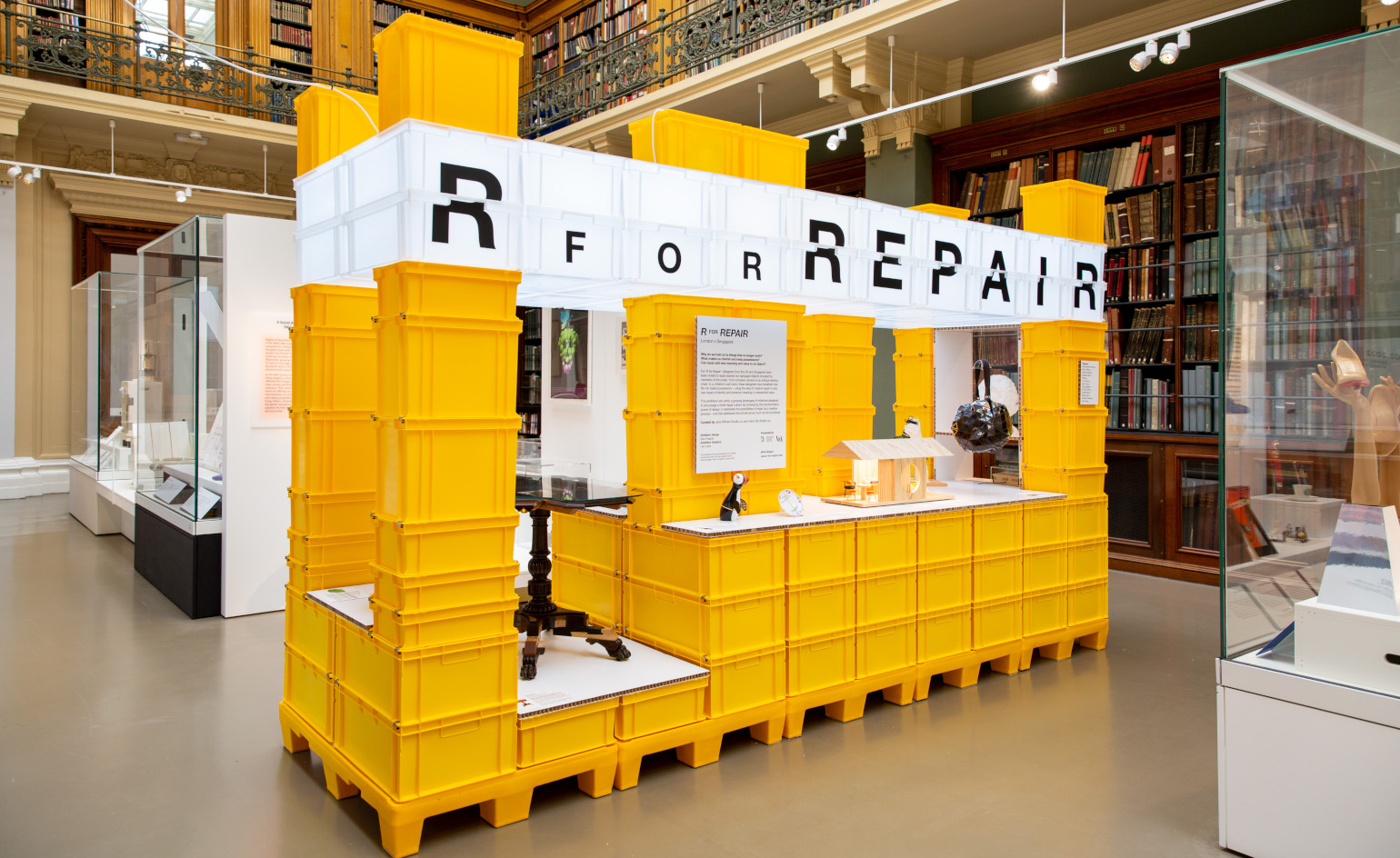 ‘R for Repair’ at London Design Festival displays broken objects, re-formed
‘R for Repair’ at London Design Festival displays broken objects, re-formedIn the second half of a two-part exhibition and as part of London Design Festival 2022, ‘R for Repair’ at the V&A displays broken objects, re-formed
By Martha Elliott
-
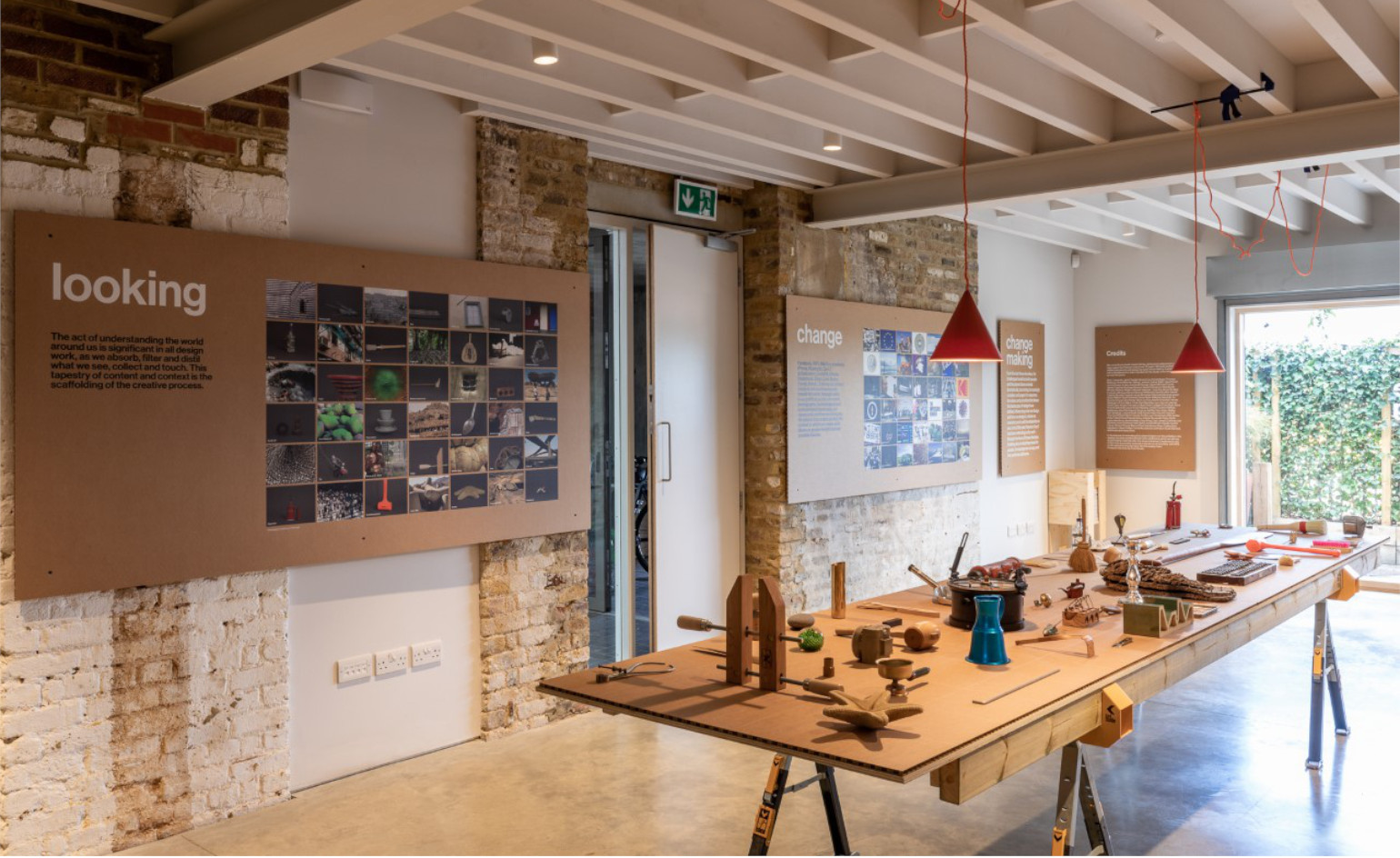 ‘Finding quality through the act of making’: Pearson Lloyd celebrates 25 years of design
‘Finding quality through the act of making’: Pearson Lloyd celebrates 25 years of designPearson Lloyd’s show ‘Change Making’ reflects on past designs from its archives, showcasing the influences on and evolution of the studio, from furniture design to the NHS
By Martha Elliott
-
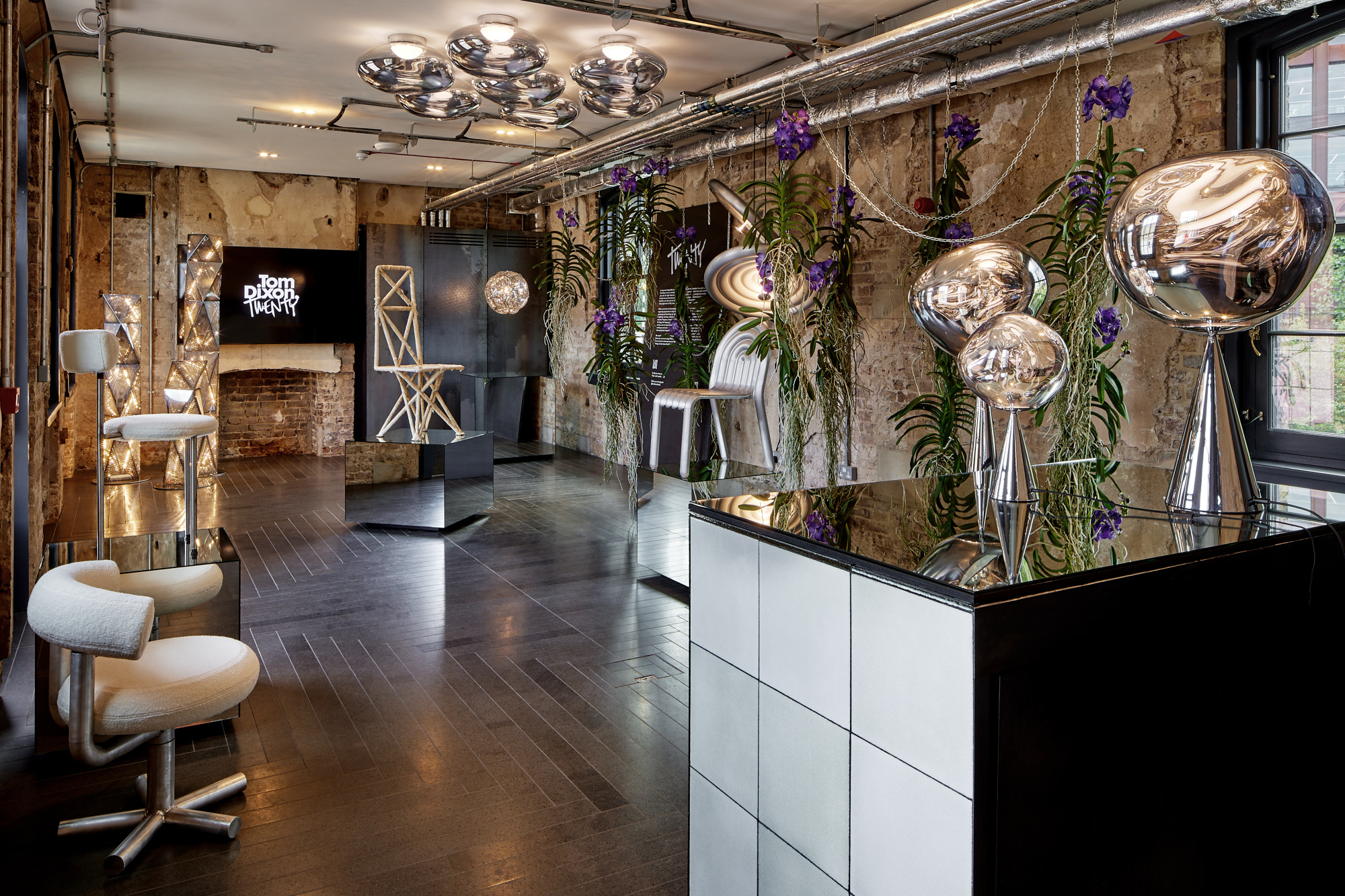 Tom Dixon marks his studio's 20 years with a show of design experiments
Tom Dixon marks his studio's 20 years with a show of design experimentsMushroom, cork, steel coral and more: Tom Dixon showcases an overview of his design experiments as he celebrates his practice's 20 years
By Rosa Bertoli
-
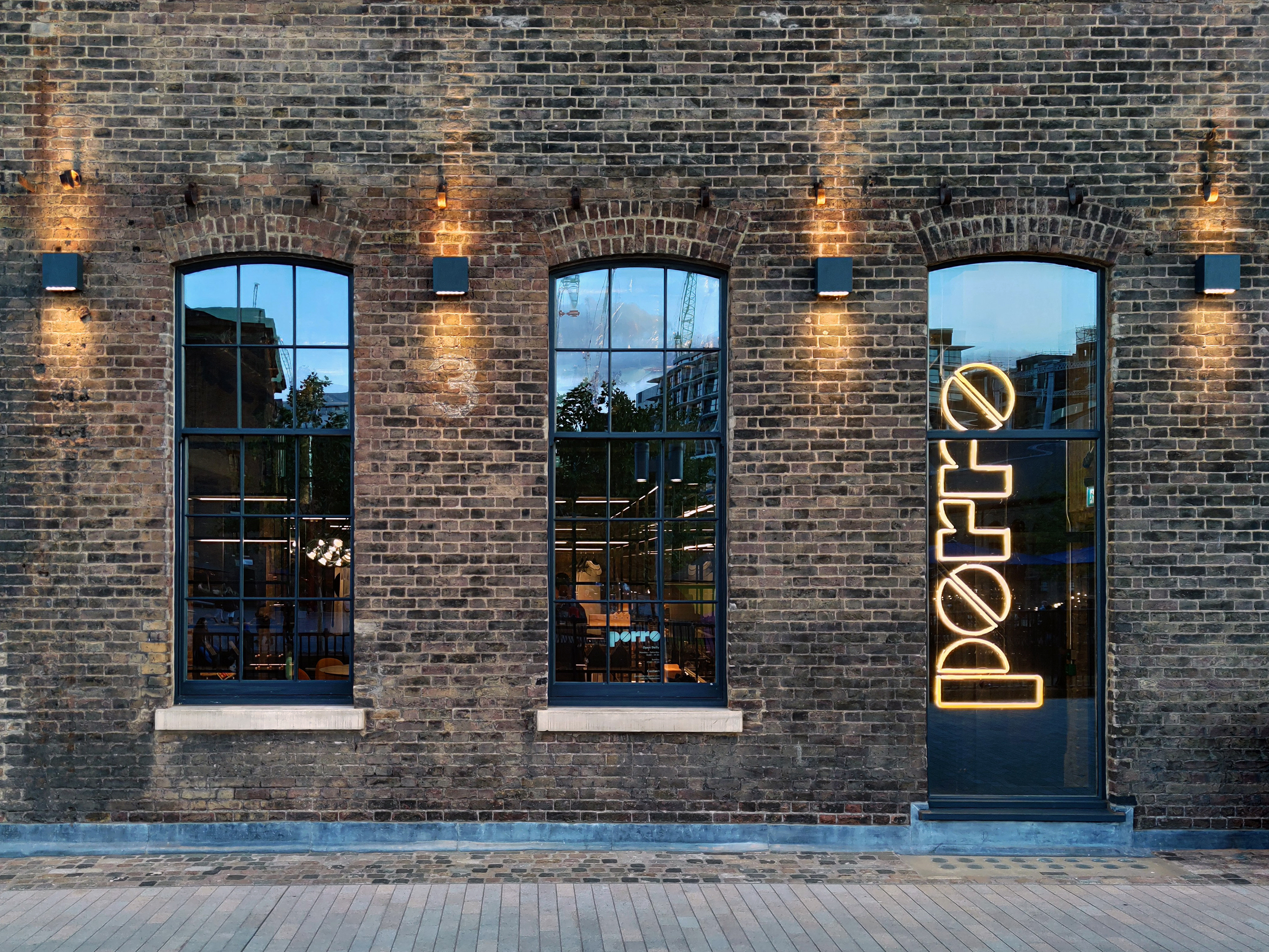 Porro unveils new London showroom at Coal Office
Porro unveils new London showroom at Coal OfficeLondon Design Festival 2022: industrial architecture meets pure geometries in the new Porro showroom, taking over a space within Tom Dixon’s Coal Office to showcase the brand’s systems and furniture
By Rosa Bertoli
-
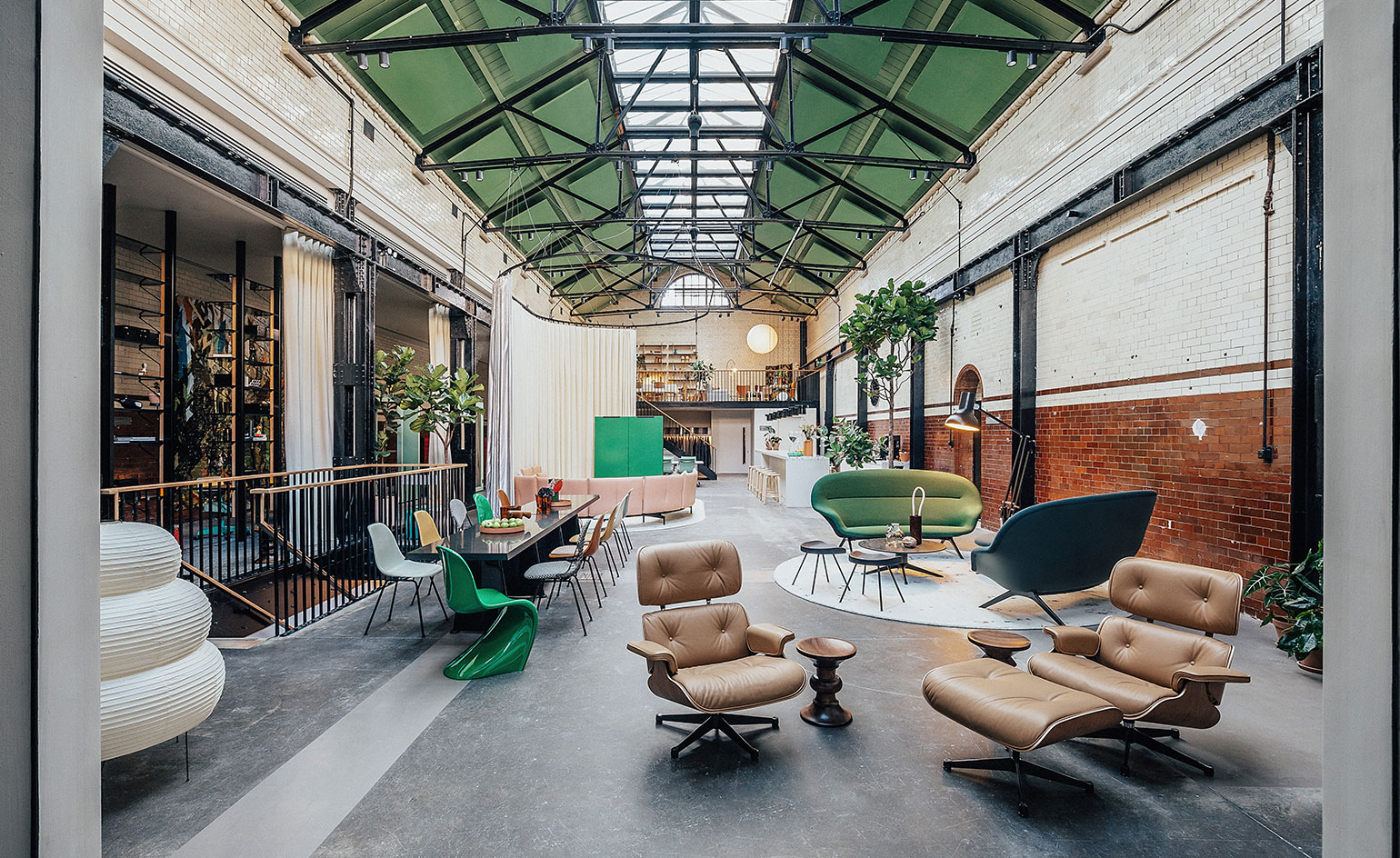 Vitra unveils new London home in the Tramshed, Shoreditch
Vitra unveils new London home in the Tramshed, ShoreditchLondon Design Festival 2022: after a year-long renovation, Vitra opens the door to its new showroom in the heart of Shoreditch
By Rosa Bertoli
-
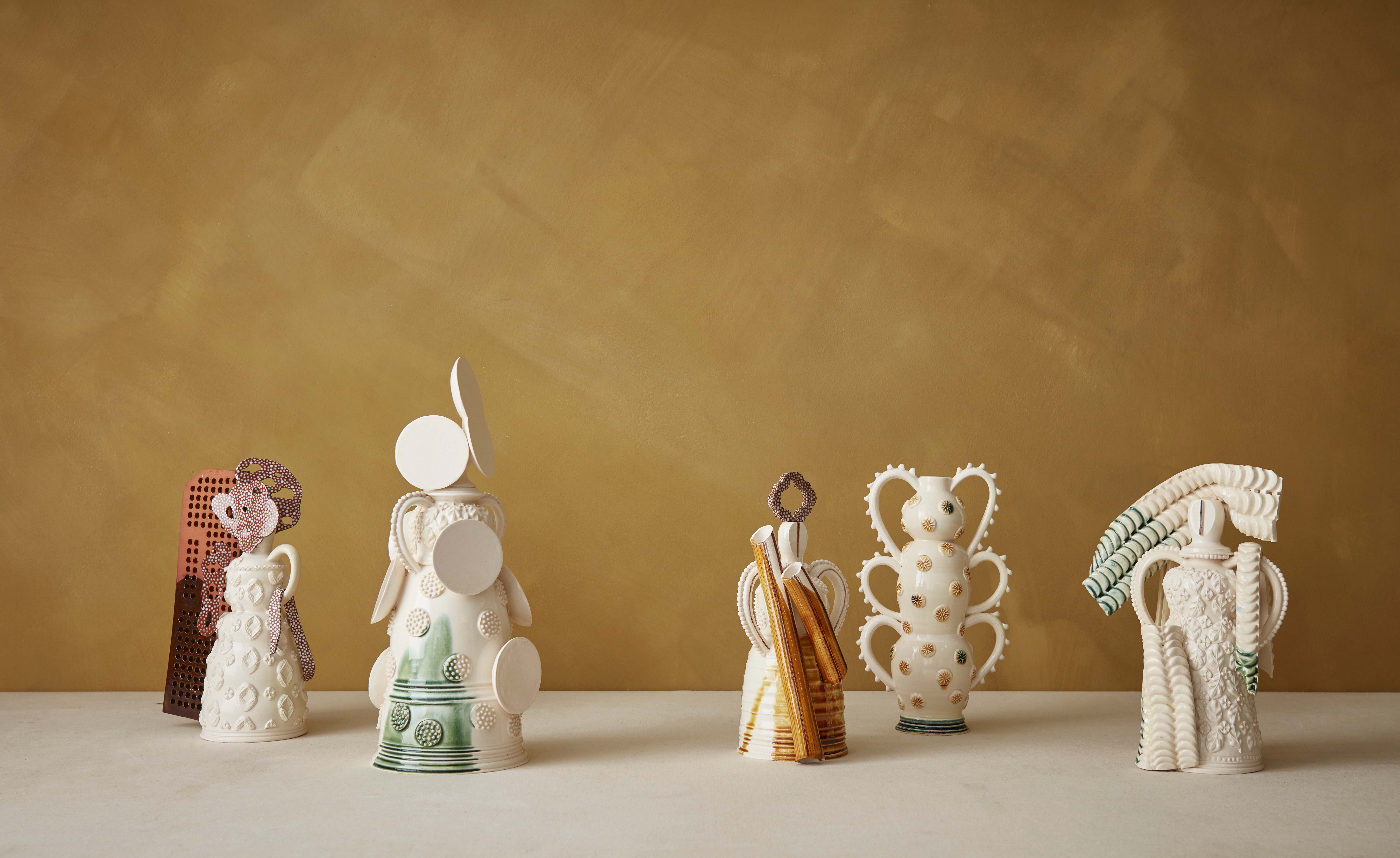 Mudlarking beside the River Thames inspires The New Craftsmen’s makers
Mudlarking beside the River Thames inspires The New Craftsmen’s makersLondon Design Festival 2022: The New Craftsmen’s new collection, ‘Claylarks’, features work from a group of creatives inspired by a River Thames mudlarking expedition
By Mary Cleary
-
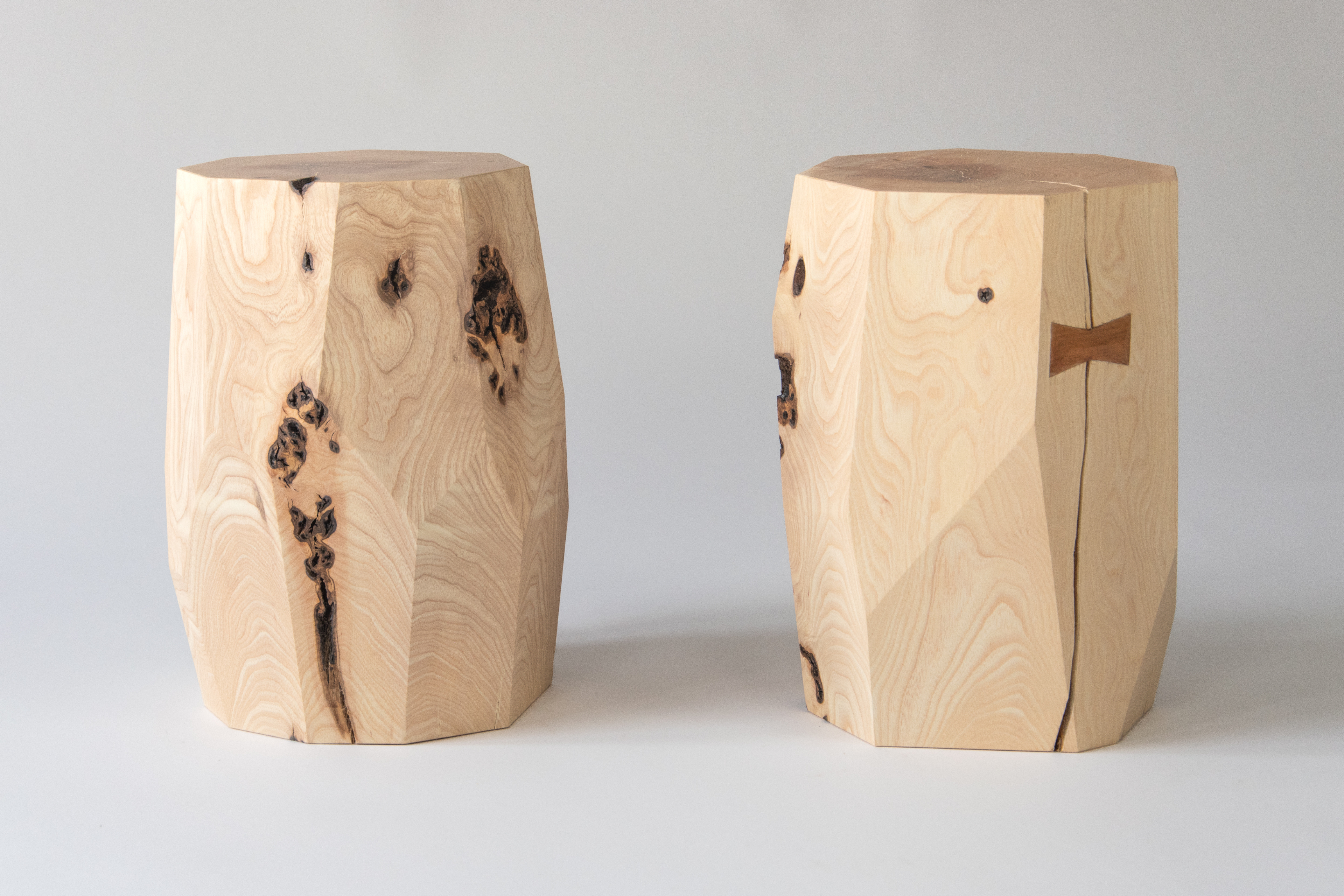 One tree, ten designers: SCP presents The One Tree Project at London Design Festival
One tree, ten designers: SCP presents The One Tree Project at London Design FestivalLondon Design Festival 2022: SCP enlisted ten British designers to create furniture and objects from a felled ash tree from founder Sheridan Coakley's Hampshire garden
By Francesca Perry
-
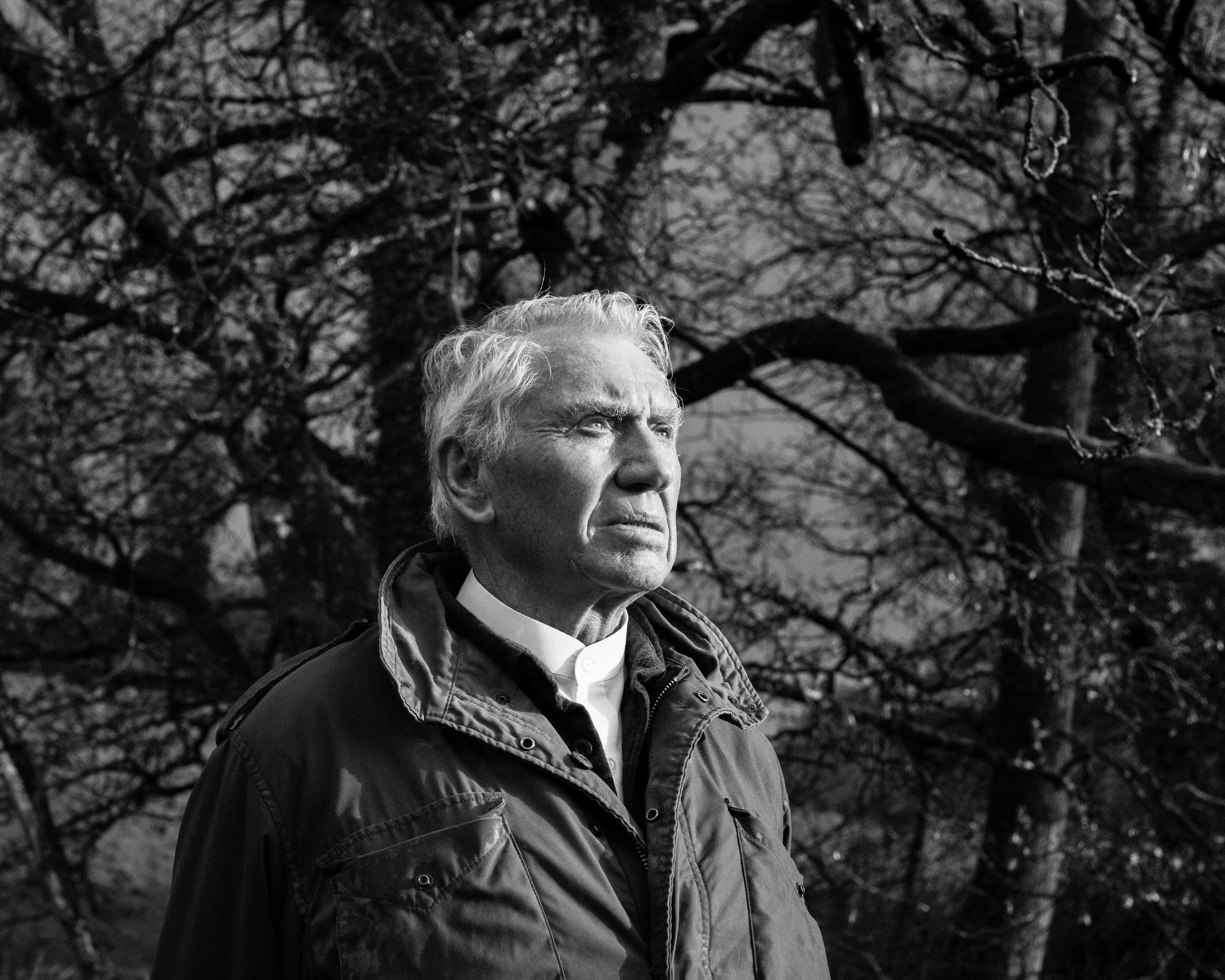 London Design Medals 2022
London Design Medals 2022London Design Medals 2022 are awarded to costume designer Sandy Powell, architect Indy Johar, researcher Joycelyn Longdon and photographer Sir Don McCullin
By Rosa Bertoli